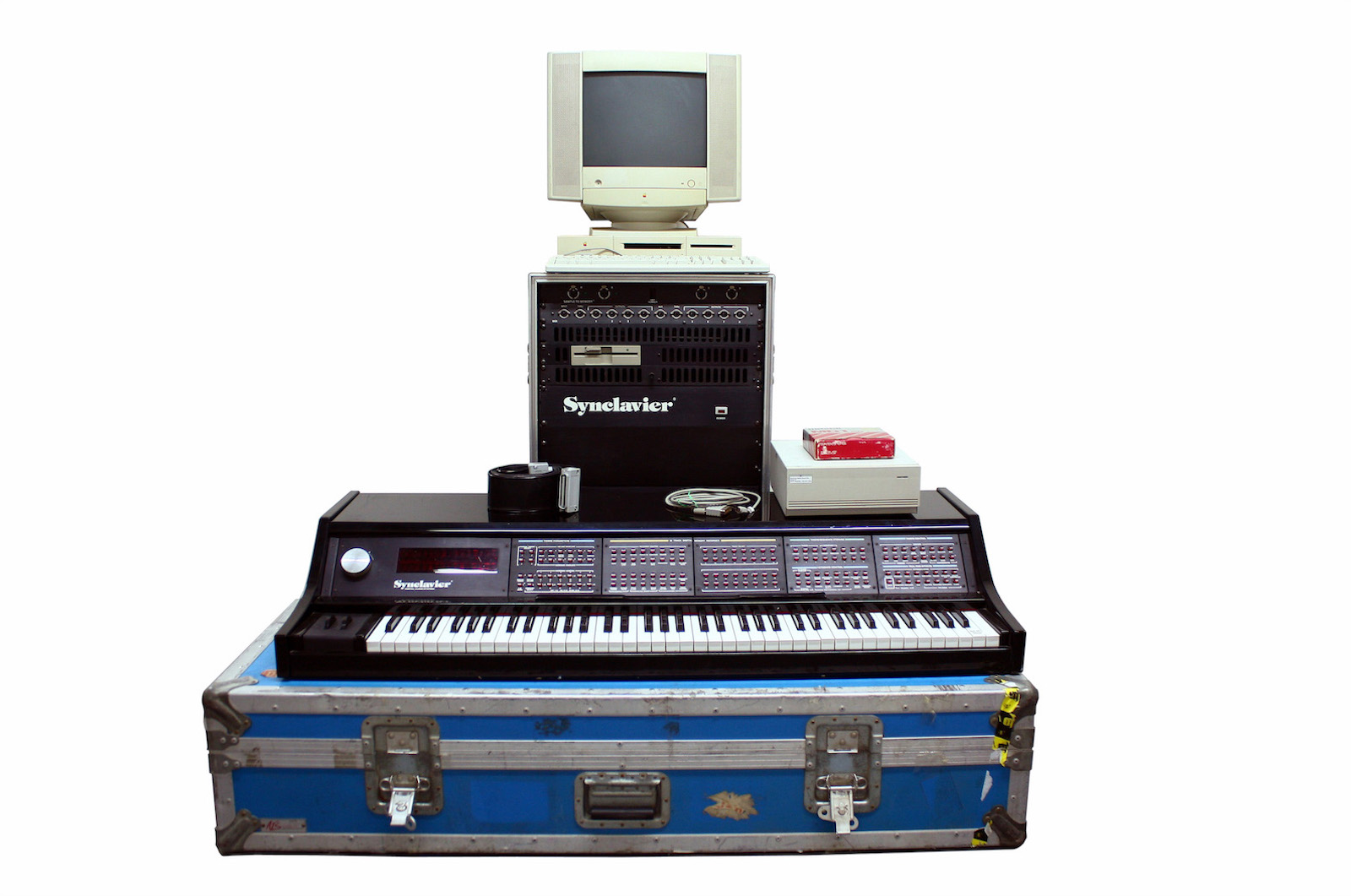This blog declare in the tagline “About music made with virtual instruments in-the-box“, however for many it may not be clear what it means, and it is legitimate.
What does “in the box” mean in music?
“In the box” refers to the computer, and the accompanying audio software within. Historically, all songs were mixed “outside the box” because there were no “boxes”, meaning computers for music production didn’t exist.
Obviously there are endless discussions between fans in which everyone highlights the strengths and weaknesses of digital vs analog instruments and effects, many times in a rather vague way and there are those who even talk about the sound of tantalum referring to ancient hardware equipment that used this material in precious transistors giving a special sound to mix (only in the full moon nights, maybe).
In reality, there are bad, good and excellent equipment in both digital and analog fields.
Thinking that today nowadays everything is digitally recorded, it is a little difficult (at least for me) to understand why i should spend a fortune to buy an old hardware compressor when with the same money I can buy not only an accurate emulation of the effect itself in digital form, but probably an entire workstation. In anycase, your ADC and DAC take care to converti the “analog” sound to digital world, so why?
But I understand audio fetishism, i suffer from it myself, but it’s certainly not a question of sound quality. I can sell my mother (no mama, is not true) for a EMS VCS3, but i can use a Xils 4 and actually do the same or more…
Some time ago i too owned a whole rack of synths and effects and miles of cables to connect their outputs to a mixer, then one day I made the decision to sell everything and switch to an in-the-box solution, also out of curiosity.
I have to say i wouldn’t go back. With a little attention you can find digital synths of equal or better quality than the analog ones, and the same goes for effects. Of course, given the availability of numerous VST synths on market, it is initially difficult to orient yourself, but with a little experience and tests you can find some real gems.
I find it a bit senseless to redo equipment born in hardware in a software version, they are two different worlds that have different characteristics, it is an old controversy that cannot be resolved.
For example, I’m in love with a synth that exists only in digital form, Animoog (free on Apple Store) nothing less than produced by Moog Music, which certainly needs no introduction in the field of synths. In my opinion is one of the best currently available synths, and he exist only in in-the-box form.
Find your sound the way you like it, bearing in mind that in-the-box it costs much less and therefore you are much more likely to find it. Apart from the flexibility and the complete absence of cables, noise and dust in your studio.
